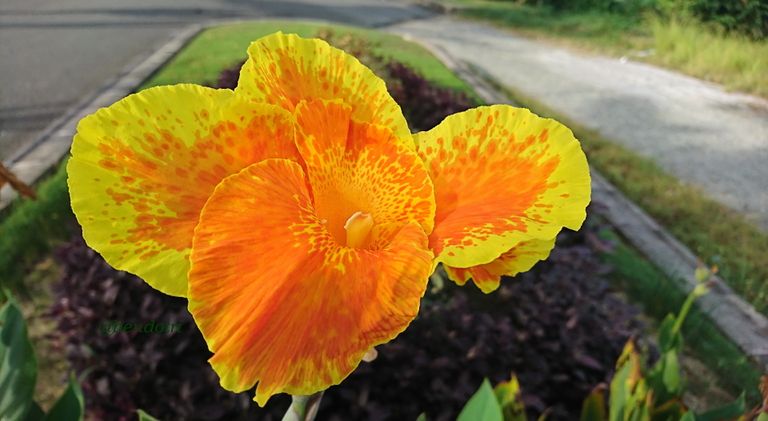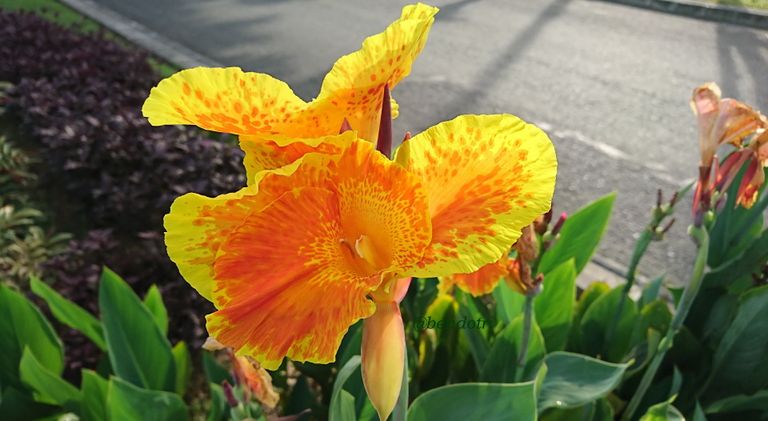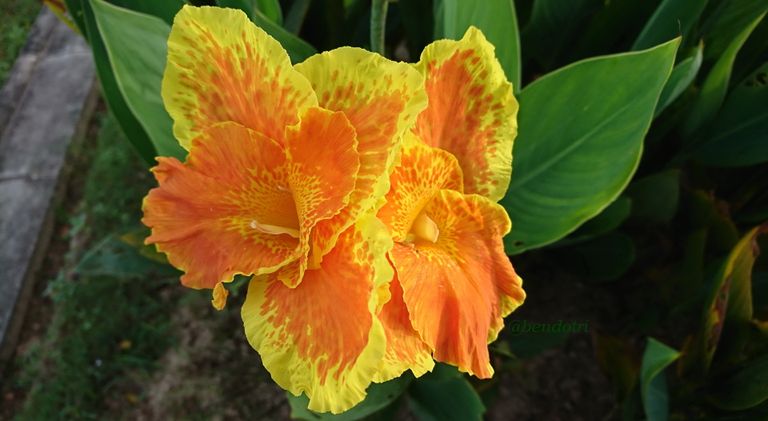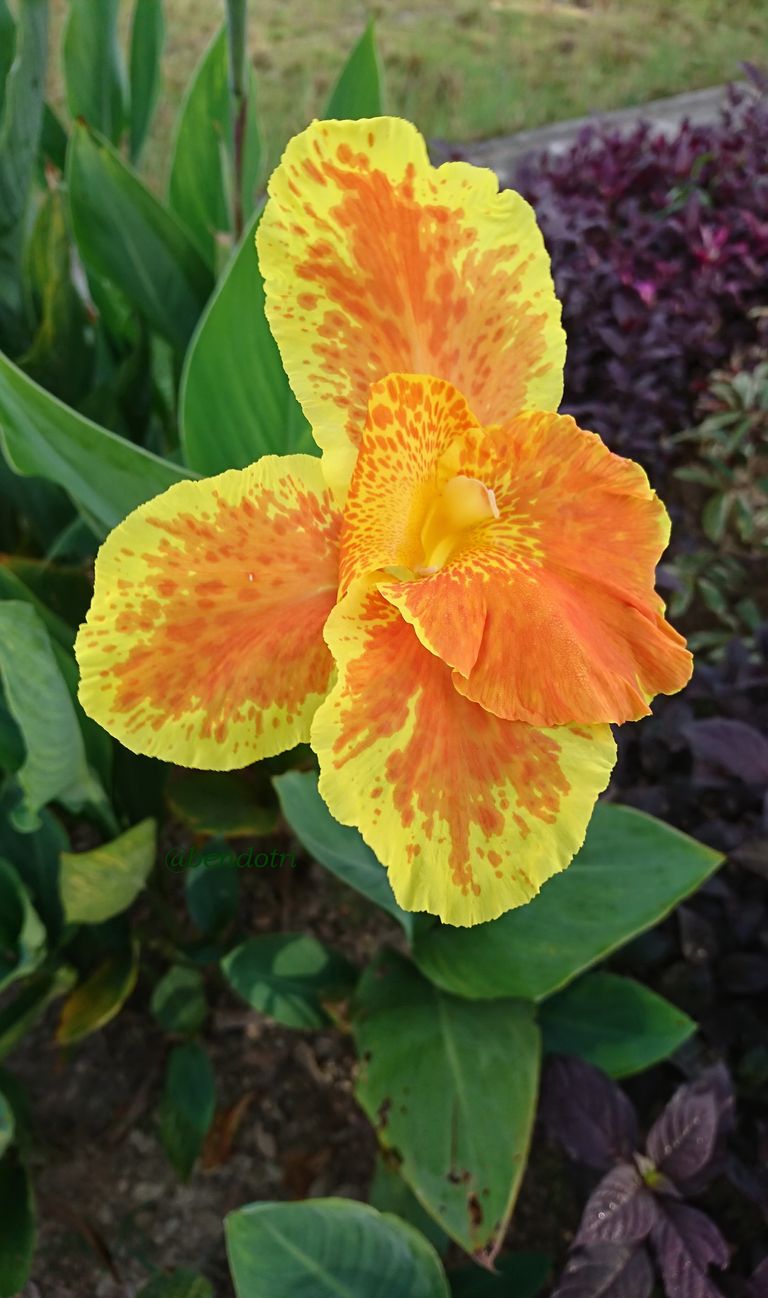Good Afternoon Blurtters,
Today I would like to share with you five photos of beautiful Canna flowers. I found these beautiful canna flowers were planted in a small garden which is located in Batu Ampar Sub-district, North Balikpapan District, Balikpapan City, East Kalimantan Province, Indonesia. Photos taken using the camera of Sony Smartphone.
You Are Welcome To Take Part In MyDailyFlower Photo Challenge
No Rewards Just For Fun
The Rules:
- Photo/photos of yours 📷
- Use tag #mydailyflower
My Daily Flowers By Day:
@ Monday Frangipani / @ Adenium Obesum 🌼
@ Tuesday Allamanda
@ Wednesday Hibiscus
@ Thursday Bougainvillea
@ Friday Asoka / Ixora
@ Saturday Canna 🌼
@ Sunday Rose
Thanks For Coming By
Regards,
@bendotri
Canna indica, commonly called achira in Latin America, has been cultivated by Native Americans in tropical America for thousands of years, and was one of the earliest domesticated plants in the Americas. The starchy root is edible.
The first species of Canna introduced to Europe was C. indica, which was imported from the East Indies, though the species originated from the Americas. Charles de l'Ecluse, who first described and sketched C. indica, indicated this origin, and stated that it was given the name indica, not because the plant is from India, in Asia, but because this species was originally transported from America: Quia ex America primum delata sit; and at that time, one described the tropical areas of that part of the globe as the West Indies.
The plants are large tropical and subtropical herbaceous perennials with a rhizomatous rootstock. The broad, flat, alternate leaves that are such a feature of these plants, grow out of a stem in a long, narrow roll and then unfurl. The leaves are typically solid green, but some cultivars have glaucose, brownish, maroon, or even variegated leaves.
The flowers are asymmetric and composed of three sepals and three petals that are small, inconspicuous, and hidden under extravagant stamens. What appear to be petals are the highly modified stamens or staminodes. The staminodes number (1–) 3 (–4) (with at least one staminodal member called the labellum, always being present. A specialized staminode, the stamen, bears pollen from a half-anther. A somewhat narrower "petal" is the pistil, which is connected down to a three-chambered ovary.
The flowers are typically red, orange, or yellow, or any combination of those colours, and are aggregated in inflorescences that are spikes or panicles (thyrses). Although gardeners enjoy these odd flowers, nature really intended them to attract pollinators collecting nectar and pollen, such as bees, hummingbirds, sunbirds, and bats. The pollination mechanism is conspicuously specialized. Pollen is shed on the style while still in the bud, and in the species and early hybrids, some is also found on the stigma because of the high position of the anther, which means that they are self-pollinating. Later cultivars have a lower anther, and rely on pollinators alighting on the labellum and touching first the terminal stigma, and then the pollen.
The wild species often grow to at least 2–3 m (6.6–9.8 ft) in height, but wide variation in size exists among cultivated plants; numerous cultivars have been selected for smaller stature.
Cannas grow from swollen underground stems, correctly known as rhizomes, which store starch, and this is the main attraction of the plant to agriculture, having the largest starch grains of all plant life.
Canna is the only member of the Liliopsida class (monocot group) in which hibernation of seed is known to occur, due to its hard, impenetrable seed covering.





